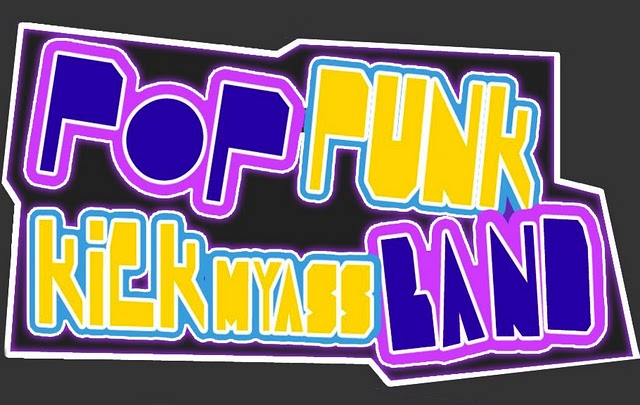
Protopunk and power pop bands of the late 1960s and early 1970s helped lay the groundwork for the pop punk sound, which emerged at the onset of punk rock around 1974 with the Ramones. The Ramones' loud and fast melodic minimalism differentiated them from other bands in New York City's budding art rock scene, but pop punk was not considered a separate subgenre until later. Several UK bands of the late 1970s also played what can be considered pop punk. The music of the Buzzcocks, Generation X, 999, The Jam, The Rezillos, The Lurkers, The Undertones, The Shapes and Toy Dolls featured catchy melodies, as well as lyrics that sometimes dealt with relatively light themes such as teenage romance. The US band Bad Religion, who started in 1979, were another band that helped lay the groundwork for contemporary pop punk. Many mod revival bands of the late 1970s and early 1980s also displayed pop punk leanings.
By 1981, hardcore punk had emerged in the United States, with louder, faster music than punk bands. Vocal harmony, melodic instrumentation and 4/4 drumming were replaced with shouting, discordant instrumentation, and experimental rhythms. A few bands, such as Descendents, Screeching Weasel, and The Vandals, began to combine hardcore with pop music to create a new, faster pop punk sound, sometimes referred to as popcore or skatecore.[citation needed] Their positive yet sarcastic approach began to separate them from the more serious hardcore scene. In the 1980s, the term pop punk was used in publications such as Maximum RocknRoll to describe bands similar to Social Distortion, Agent Orange and TSOL.






